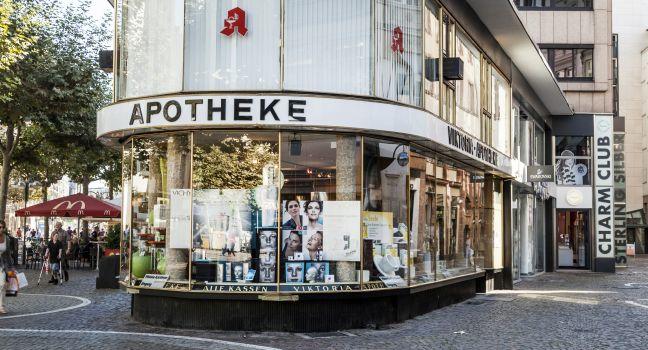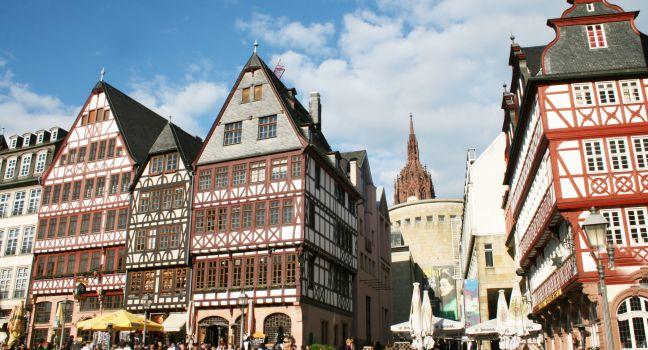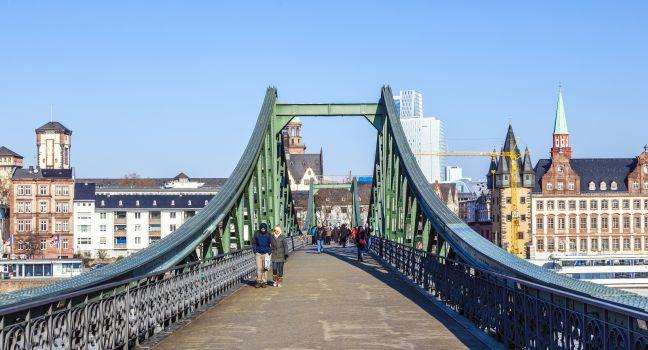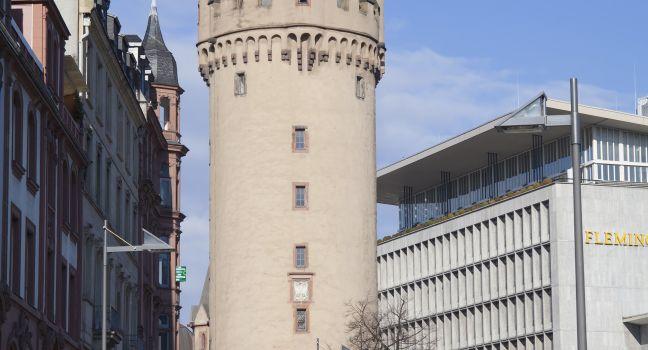Deutsches Filmmuseum
Germany's first museum of cinematography, set in a historic villa on "museum row," offers visitors a glimpse at the history of film, with artifacts that include "magic lanterns" from the 1880s, costume drawings from Hollywood and German films, and multiple screens playing film clips. Interactive exhibits show how films are photographed, given sound, and edited, and let visitors play with lighting and animation. A theater in the basement screens every imaginable type of film, from historical to avant-garde to Star Wars.







